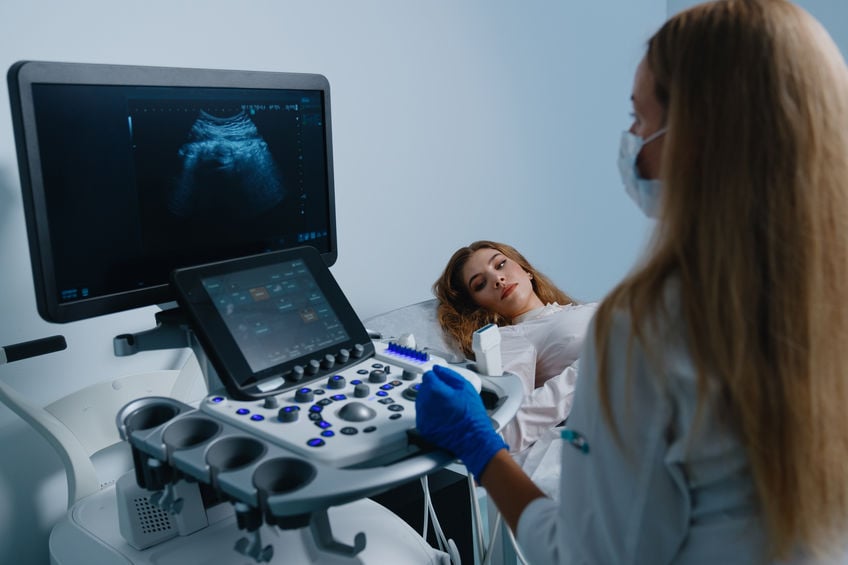Looking At Male Factor Infertility
Statistics show that more than one-third of Americans are concerned about fertility. Many are delaying pregnancy, which can lower fertility rates, but the statistics still stand between 12-15%. Surprisingly, many Americans still believe infertility is a woman’s issue. Men and women are actually on equal footing in terms of infertility rates. To deal with fertility, doctors often turn to techniques like IUI and IVF. In some cases, even these won’t work without donor sperm.

Sperm health plays a key part in pregnancy
In vitro fertilization (IVF) and intrauterine insemination (IUI) have transformed the perception of fertility. Still, for these techniques to work, the man must provide a high-quality sperm sample. Sperm health is critical for a successful pregnancy, natural or otherwise. Sometimes, the clinic can work around an unhealthy sample, using techniques like intracytoplasmic sperm injection (ICSI). However, there are some cases where the sperm cannot fertilize an egg. Donor sperm brings a healthy sperm sample from a relative or sperm donation center to increase pregnancy chances.
No sperm count with azoospermia
Azoospermia is one of the primary reasons to opt for donor sperm. Simply put, azoospermia means there is no sperm present in a man’s ejaculate. A healthy sperm count starts at 15 million and goes up to 200 million sperm per milliliter. In cases of azoospermia, there is no measurable amount of sperm present in the sample. The condition generally happens when there is a blockage preventing the sperm from mixing with the semen. The testes are producing sperm, but the blockage prevents release. In some cases, there could be hormonal or developmental issues that prevent sperm production altogether.
A low sperm count
Oligospermia is the scientific term for low sperm count. Unlike azoospermia, there is sperm but well below the established 15 million units per milliliter standard. Oligospermia can be mild to severe and can prevent pregnancy. Several factors can cause a low sperm count. These include infections, retrograde ejaculation, hormonal issues, poor lifestyle conditions, and some medications.
Poor motility could impact
Sperm needs to move quickly to the fallopian tubes to fertilize the egg. When sperm are slow and erratic, known as poor motility, getting pregnant is difficult. With poor motility, the sperm often does not travel past the vaginal canal. Most sperm motility issues are due to external physical problems. Extreme heat, exposure to heavy metals, poor diet, smoking, and excess alcohol can affect sperm movement. Donor sperm may be the only option for pregnancy in some cases.
When to consider donor sperm
These 3 conditions are the main factors of male infertility. To treat these conditions, a fertility clinic will use techniques like IUI and IVF. With azoospermia, these techniques won’t work, so a donor sperm must be considered. Oligospermia and poor motility can work with IUI and IVF. However, the success rate is low. Failed cycles are another reason to consider a donor. Donor sperm has over 60% success rates but may require more than one cycle as well.
Try a donor sperm sample
Male factor infertility can be devastating for those looking to start a family. Conditions like azoospermia, low sperm count, and motility affect thousands of men each year. Even with treatment and reproductive technologies, the outlook is low. Choosing donor sperm increases the chances of starting a family. Speak with a fertility clinic about the possibility of donor sperm.





